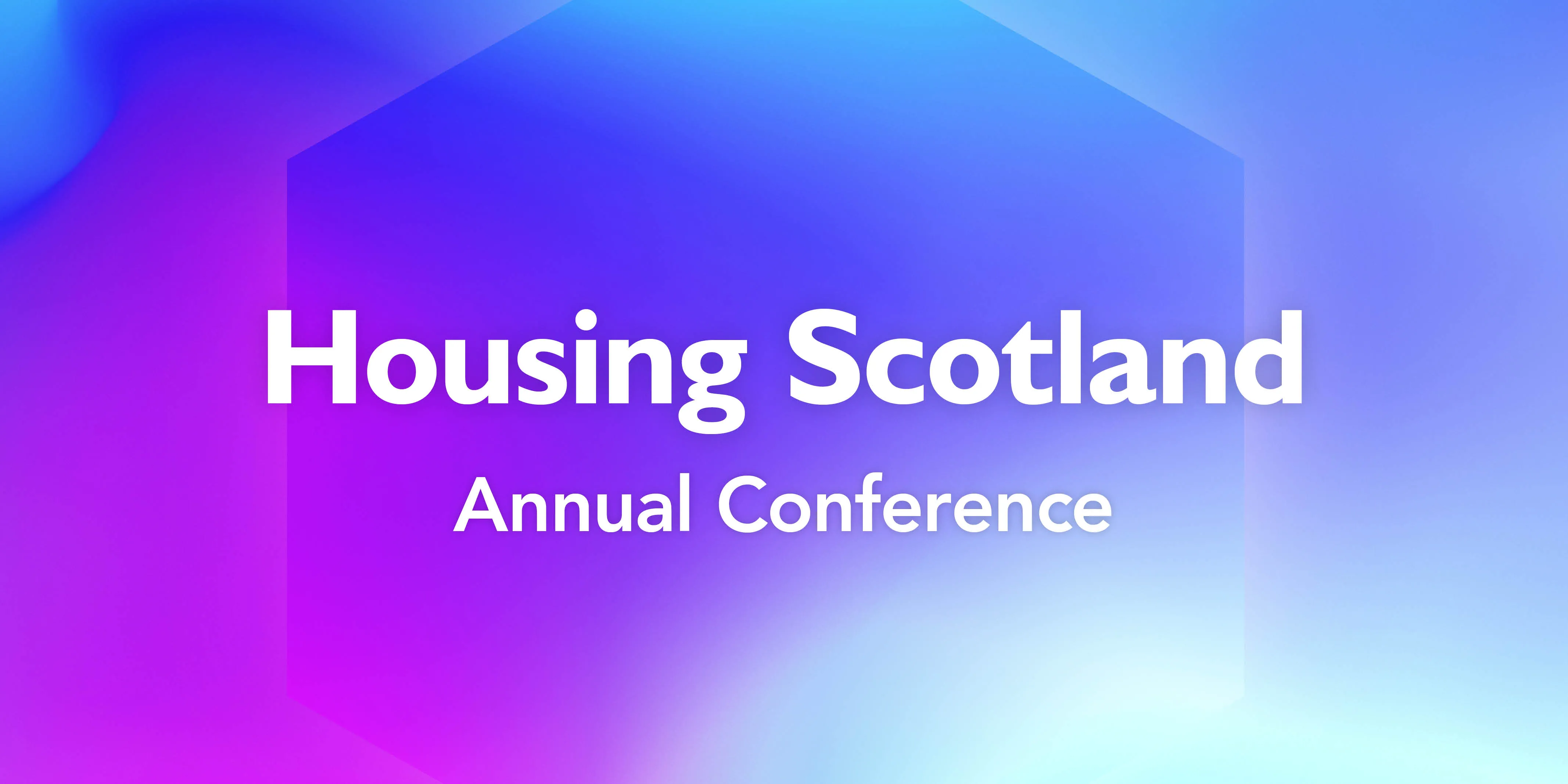What are you discussing at the conference and why is this an important issue?
I am contributing to the panel discussion on the future of housing in Scotland as we race to net zero, my background is in climate modelling and climate risks and I will be making sure that the ugly sister of climate change action – adaptation is not forgotten in our haste to achieve net zero.
This is a really important issue because we are not going to get the chance to design or undertake deep climate change retrofits twice, and it is vital that our designs have the future climate and future extremes in mind otherwise we risk designing super-efficient homes which are at risk of overheating or surface water flooding for example. We only get one bit of this pie, and it is vital that we think about adapting to the future climate as well as reaching net zero to maximise the cobenefits that we can deliver, as well as reduce the costs, extend building lifespan, and secure the health and wellbeing of building occupants.
What does Scotland’s social housing sector need to continue playing its part in tackling climate change?
Scotland’s social housing sector needs to consider how net zero and climate resilience can be delivered on all projects. Cutting emissions is only half of the challenge we also need to think about homes that are resilient to extremes of heat and cold; that are adaptive to floods, water scarcity, changes to humidity, greater soil movement, and stronger and more frequent windstorms. If we don’t think about future extremes within building design and operation, then achieving net zero will be very difficult as for example, people reach for air conditioning to respond to future heat waves. Adaptation is difficult to retrofit and much cheaper to include right from first principles.
However, it isn’t enough for housing associations to think about climate change at the design and build phase alone, it is vital that resilience measures are not victim to value engineering during the build phase and also requires maintenance budgets to be devoted to the upkeep of blue green solutions, permeable paving, property level flood protection etc if these solutions are to be effective when they are most needed.
How can we inspire low-carbon behaviours?
Low carbon behaviours can be encouraged by ‘tech’ but there is a vital role for nature-based solutions (NBS). NBS provide multiple cobenefits for health, wellbeing, air quality, biodiversity, sound pollution, reducing surface water flooding, providing shade and make places more enjoyable for both occupants and those passing through our public realm.
Responding to the climate emergency isn’t something to dread. If we plan our response to climate change now, in a holistic, cocreated, planned transformation we can tackle other local priorities and create better places to live, places which support health, happiness, beauty, nature and rich and fulfilling lifestyles.
SFHA Annual Conference
14 and 15 June 2022, Radisson Blu Hotel, Glasgow
Cat will be speaking during 'Is Scotland climate ready?' session on Tuesday 14 June.
Click here to book
